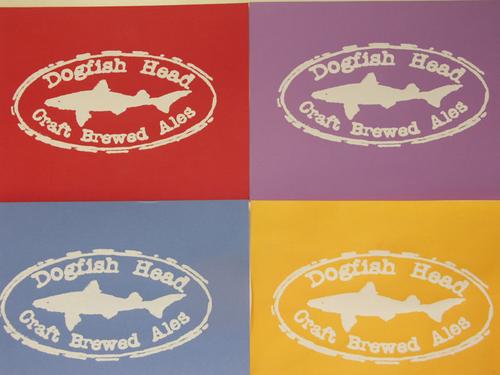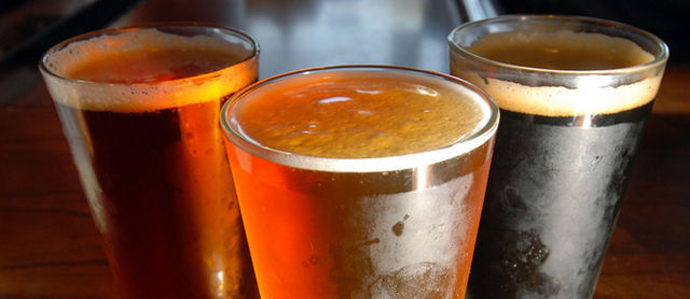Born in rural Victoria, Harvey moved to the suburbs of Melbourne in his childhood. His father was a Church of England Vicar and the family lived adjacent to the church, first in Ormond then later Ashburton. Harvey sang in the church choir from an early age. Harvey, his elder brother Philip and younger brother Sebastian all attended the private boys school Caulfield Grammar School. It was at school in the early 1970s that Harvey met fellow students Nick Cave, Phill Calvert and Tracy Pew. A rock group was formed with Cave (vocals), Harvey (guitar), Calvert (drums) and other students on guitar, bass and saxophone. The band played at parties and school functions with a mixed pre-punk repertoire of Lou Reed, David Bowie, Roxy Music, Alice Cooper and the Sensational Alex Harvey Band, among others. Harvey was also a member of the school choir (conducted by actor Norman Kaye), and took extracurricular lessons from jazz guitarist Bruce Clarke.
After recordings and moderate success in Australia (including hundreds of live performances) they headed for London in 1980, changing their name to The Birthday Party and launching into a period of innovative and aggressive music-making, underpinned by Harvey's concise guitar playing. Harvey also composed a good deal of the band's material in the latter days of their career.
Harvey's girlfriend Katy Beale followed to London, then the band moved to West Berlin in 1982, minus Calvert. Harvey moved from guitar to drums. After the breakup of The Birthday Party, Harvey stayed in Berlin and contacted his friend Simon Bonney. Together they reformed Bonney's old Australian band Crime and the City Solution with Rowland S. Howard, Harry Howard (bass) and Epic Soundtracks (drums), these 3 went on to form the basis of These Immortal Souls a couple of years later. Harvey and Cave formed Nick Cave and The Bad Seeds in 1983, who survive to this day. He left The Bad Seeds on 22 January 2009 citing professional and personal reasons. Harvey later stated that his reasons included his frustration with song arrangements, strained relationships with Cave and a desire to spend time with family. The split marked the end of a 36 year long collaboration between Harvey and Cave.
After Bonney left Crime and the City Solution for a solo career in the U.S., Harvey recorded two solo CDs of Serge Gainsbourg songs, translated from French into English: Intoxicated Man and Pink Elephants. He has also collaborated with UK rock musician PJ Harvey (no relation), and produced other Australian artists including Anita Lane, Robert Forster, Conway Savage and Rowland S. Howard. Harvey's third solo release One Man's Treasure was issued in September 2005.
In 2006 Harvey undertook his first 'solo' tours of Europe and Australia accompanied by fellow Bad Seeds Thomas Wydler and James Johnston, plus Melbourne-based double bassist Rosie Westbrook. His next solo record, 2007's Two Of Diamonds, was recorded with this group, as was the 2008 live album Three Sisters - Live at Bush Hall.
In February 2008 Harvey and Westbrook played as a support act for PJ Harvey on her Australian tour, with Mick also sitting in with PJ.
In 2008 and 2009, Harvey joined the five remaining members of The Triffids for a series of performances at the Sydney Festival, Melbourne Arts Centre and Perth International Arts Festival celebrating the music and the memory of David McComb. Harvey is also a contributor to the 2009 rock biography on The Triffids Vagabond Holes: David McComb and the Triffids, edited by Australian academics Niall Lucy and Chris Coughran. Harvey now splits his time between Europe and Melbourne. He has one son with his partner, the painter Katrina (Katy) Beale. In 2007 the Spanish label Bang! Records released a four-track EP by Harvey's retro rock band The Wallbangers, featuring songs written by Harvey, and also with co-writers Tex Perkins, Loene Carmen. Harvey sings and plays guitars, with a return to his James Williamson-influenced approach. Drums are credited to "Rocky Features" (a Harvey pseudonym), and bass to "Rod Bottoms". A press release stated this was "Rocky Features" first recording since 1982's Honeymoon in Red, which was released with pseudonymous credits for Harvey's contributions (but not the pseudonym "Rocky Features").
After recordings and moderate success in Australia (including hundreds of live performances) they headed for London in 1980, changing their name to The Birthday Party and launching into a period of innovative and aggressive music-making, underpinned by Harvey's concise guitar playing. Harvey also composed a good deal of the band's material in the latter days of their career.
Harvey's girlfriend Katy Beale followed to London, then the band moved to West Berlin in 1982, minus Calvert. Harvey moved from guitar to drums. After the breakup of The Birthday Party, Harvey stayed in Berlin and contacted his friend Simon Bonney. Together they reformed Bonney's old Australian band Crime and the City Solution with Rowland S. Howard, Harry Howard (bass) and Epic Soundtracks (drums), these 3 went on to form the basis of These Immortal Souls a couple of years later. Harvey and Cave formed Nick Cave and The Bad Seeds in 1983, who survive to this day. He left The Bad Seeds on 22 January 2009 citing professional and personal reasons. Harvey later stated that his reasons included his frustration with song arrangements, strained relationships with Cave and a desire to spend time with family. The split marked the end of a 36 year long collaboration between Harvey and Cave.
 The Pirate Party |  Birthday Balloons |  Minnie Mouse 1st Birthday |  1st Birthday Zoo Party |  Birthday Invitations |
 The Birthday Party (play) |  Home \x26gt; Birthday Parties |  birthday party |  Great Birthday Party Ideas |  Free Birthday Party Clipart |
In February 2008 Harvey and Westbrook played as a support act for PJ Harvey on her Australian tour, with Mick also sitting in with PJ.
 Superhero Party Super-page |  The Perfect Birthday Party |  Celebrate Your Birthday |  Justin Bieber Birthday Party |  1st Birthday Party Supplies |
 It\x26#39;s Party Time |  Toddler Birthday Party |  girls in party hats |  Surprise Birthday Party |  Birthday Party In Houston |








































